Simorgh (سیمرغ) is the modern Persian name for a fabulous, benevolent, mythical flying creature. The figure can be found in all periods of Greater Iranian art and literature, and is evident also in the iconography of medieval Armenia, Byzantium and other regions that were within the sphere of Iranian cultural influence.
Simorgh is depicted in Iranian art as a winged creature in the shape of a bird, large enough to carry off an elephant or a whale. It appears as a kind of peacock with the head of a dog and the claws of a lion; sometimes however also with a human face. Simorgh is inherently benevolent and unambiguously female. Being part mammal, she suckles her young. Simorgh has teeth. It has an enmity towards snakes and its natural habitat is a place with plenty of water. Its feathers are said to be the color of copper, and though it was originally described as being a Dog-Bird, later it was shown with either the head of a man or a dog.
.jpg)
Iranian legends consider the bird so old that it had seen the destruction of the World three times over. According to myths, she lived ages before Adam and saw many wonderful evolutions of different species of beings that inhabited the universe, before the creation of humankind. Simorgh learned so much by living so long that it is thought to possess the knowledge of all the ages. In one legend, Simorgh was said to live 1,700 years before plunging itself into flames (much like the phoenix). Simorgh was considered to purify the land and waters and hence bestow fertility. The creature represented the union between the earth and the sky, serving as mediator and messenger between the two.
Simorgh made its most famous appearance in the
Ferdosi's epic Shahnameh, where its involvement with the Prince Zal is described. According to the Shahnameh, Zal, the son of Sam, was born albino. When Sam saw his albino son, he assumed that the child was the spawn of devils, and abandoned the infant on the mountain Alborz. The child's cries were carried to the ears of the tender-hearted Simorgh, who lived on top this peak, and she retrieved the child and raised him as her own. Zal was taught much wisdom from the loving Simorgh, who has all knowledge, but the time came when he grew into a man and yearned to rejoin the world of men. Though the Simorgh was terribly saddened, she gifted him with three golden feathers which he was to burn if he ever needed her assistance.

Upon returning to his kingdom, Zal fell in love and married the beautiful Rudaba. When it came time for their son to be born, the labor was prolonged and terrible; Zal was certain that his wife would die in labor. Rudaba was near death when Zal decided to summon Simorgh. Simorgh appeared and instructed him upon how to perform a cesarean section thus saving Rudaba and the child, who became one of the greatest Persian heroes, Rostam. Ferdosi’s rationalist interpretation of Simorgh transforms the creature from a mere mythical bird to a symbol of wisdom, ethics and pure knowledge.

In Simorgh’s third and final appearance in Shahnameh, occurs during Rostam’s battle with Esfandiar. Rostam has been dragged out of his retirement by the young Prince Esfandiar who demands to take him to the Shah, in shackles. Of course Rostam would not agree, and they end up doing battle. However, Esfandiar’s body is invulnerable and, as a result, Rostam and Rakhsh receive multiple wounds, some so severe as to make Zal fearful of their imminent demise. At this point, the hoary-headed Zal, who has been holding on to Simorgh’s feather for over six hundred years, summons Simorgh. Simorgh heals Rostam’s wounds and having failed to convince him to withdraw from this battle, guides Rostam to the edge of a body of water and a tamarisk branch. She advises him how to straighten it over fire and affix a two-pronged arrowhead to its tip and three feathers on its base, and how to structure and articulate his last humble plea to the powerful prince before releasing the arrow toward its destined aim. In this last appearance she also makes a passing reference to her mate, now vanquished at the hand of Esfandiar.

Simorgh makes an appearance in the poet Attar’s Conference of Birds. The poem uses a journey by a group of 30 birds, led by a hoopoe as an allegory of a Sufi sheikh or master leading his pupils to enlightenment. The story recounts the longing of the group of birds who desire to know the great Simorgh, and who, under the guidance of a leader bird, start their journey toward the land of Simorgh. One by one, they drop out of the journey, each offering an excuse and unable to endure the journey. Each bird has a special significance, and a corresponding didactic fault. The guiding bird is the hoopoe, while the nightingale symbolizes the lover. The parrot is seeking the fountain of immortality, not God and the peacock symbolizes the "fallen soul" who is in alliance with Satan.

The birds must cross seven valleys in order to find the Simorgh: yearning, love, mystical enlightment, detachment, unity of God, bewilderment and, finally selflessness and oblivion in God. These represent the stations that a Sufi or any individual must pass through to realize the true nature of God. Eventually only thirty birds remain as they finally arrive in the land of Simorgh. Once there, all they see are each other and the reflection of the thirty birds in a lake. The thirty birds seeking the Simorgh realize that Simorgh is nothing more than their transcendent totality. As the birds realize the truth, they now reach the station of subsistence which sits atop the Mountain Qaf.






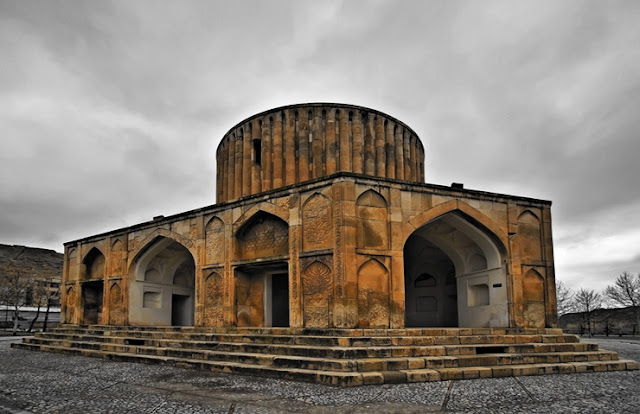
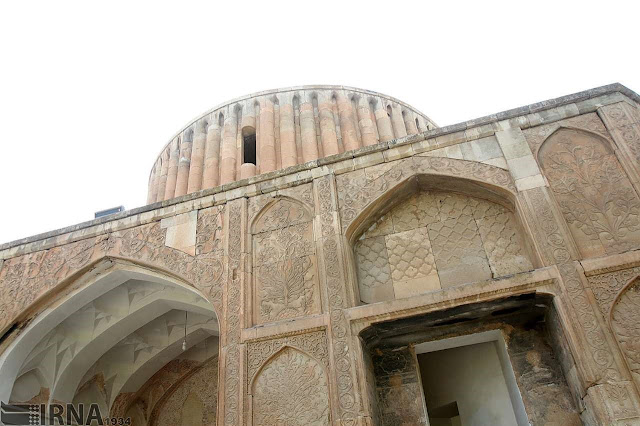











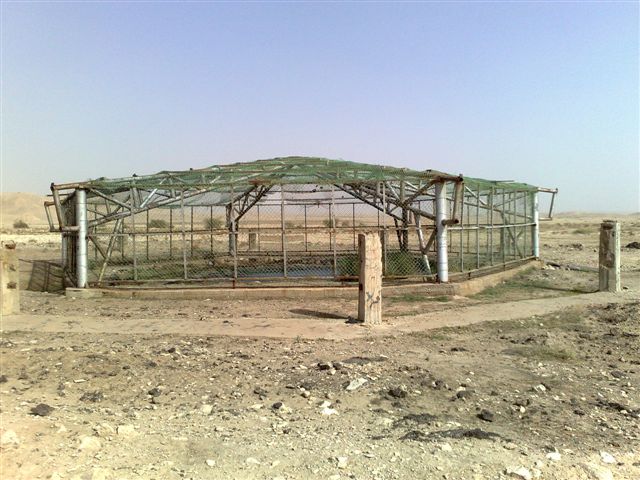









.jpg)






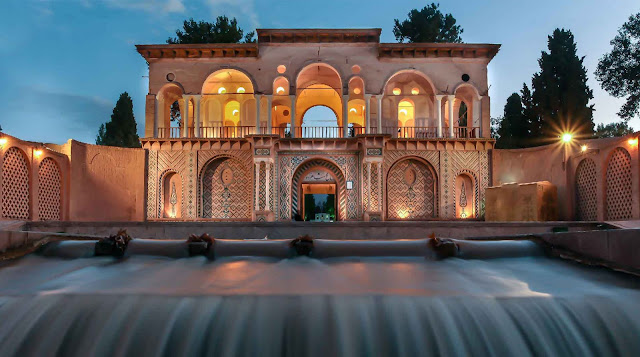
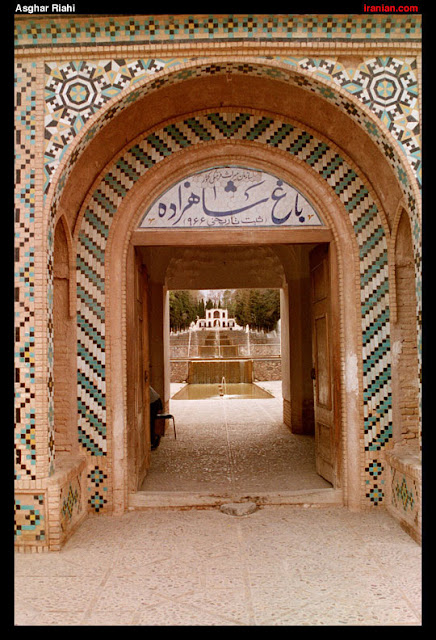








.jpg)

.jpg)
%20-%20Khalatbari%20Square%20Ramsar.jpg)




%20-%20Eshragh%20Square%20Zanjan.jpg)
